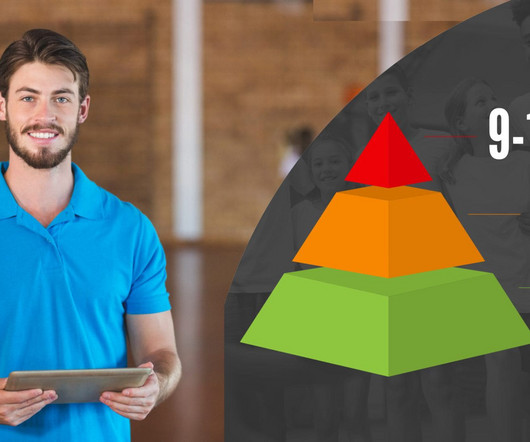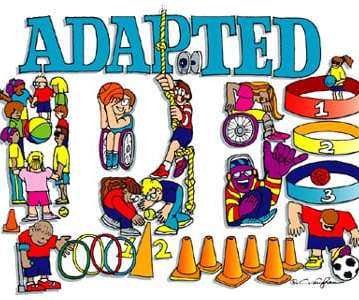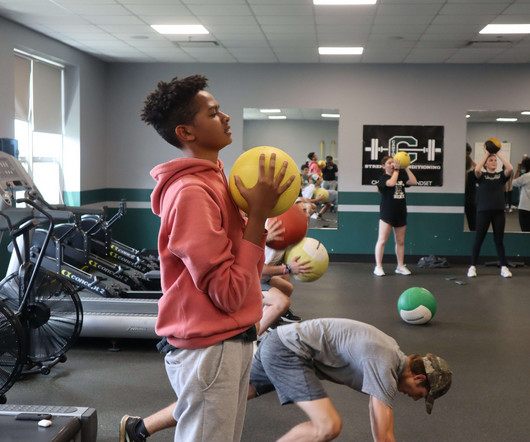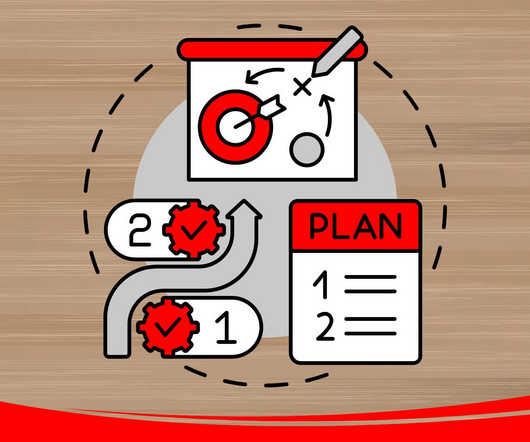PE Curriculum for K–12: Student-Centered, Standards-Based
PLT4M
JULY 25, 2025
Motor skills, fitness education, social-emotional learning, sport skills, and personal wellness all come into play. What activities work best for younger students developing basic motor skills? These skills are essential building blocks for more complex movements later on.











Let's personalize your content